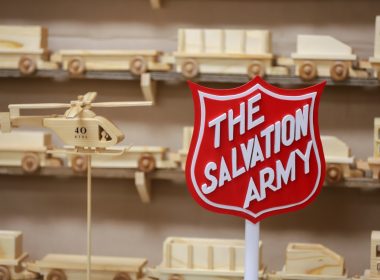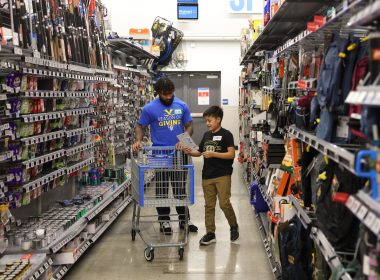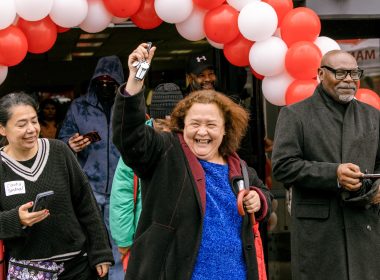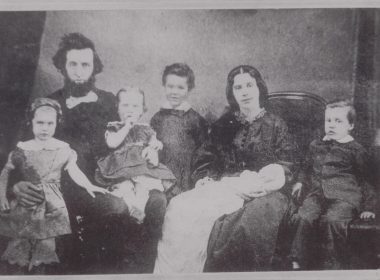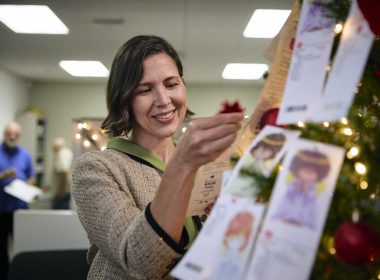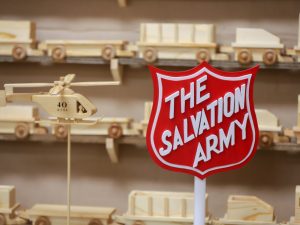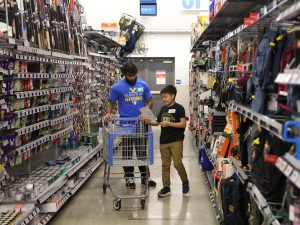How The Salvation Army’s client-choice model is reducing waste, building relationships and restoring hope—one shopping trip at a time.
In a transformed corner of a former bowling alley in Bellingham, Washington, shoppers select fresh produce under gentle misters and browse grocery-style shelving. This isn’t a typical market—it’s The Salvation Army’s reimagined approach to food assistance that’s reshaping how communities address hunger.
“You walk in and feel like you’re in a gourmet market. You feel good because it’s so attractive,” said Northwest Divisional Commander Lt. Colonel Cindy Foley, who’s led the effort to convert all the division’s food pantries to “Hope Markets”—where clients shop for their own food rather than receiving pre-packed boxes.
This shift from transaction to relationship represents a fundamental change in philosophy. Traditional food banks typically distribute pre-selected boxes, an efficient but impersonal approach that often results in waste and missed opportunities for deeper connection.
“Just drive through and get a pre-selected food box, that’s transactional,” Foley said. “There isn’t time for conversation to explore what your other needs are. Most families come to us for food or utility assistance, but they have other needs. We want to develop relationships and earn the right to walk with you toward stable living.”
This relational approach comes at a critical time when more than 47 million Americans face hunger—including one in five children—according to the USDA’s annual Household Food Insecurity report. In such a landscape, the access provided by Hope Markets represents more than just food distribution; it offers a pathway to comprehensive support.
In Puyallup, Washington, this support transformed life for Maricel, who first came to the Hope Market after her husband died suddenly.
“I was crying in the line,” said Maricel, a mother of three sons with autism. “I couldn’t stop myself crying because I usually don’t go for food, and my husband for 30 years took care of us.”
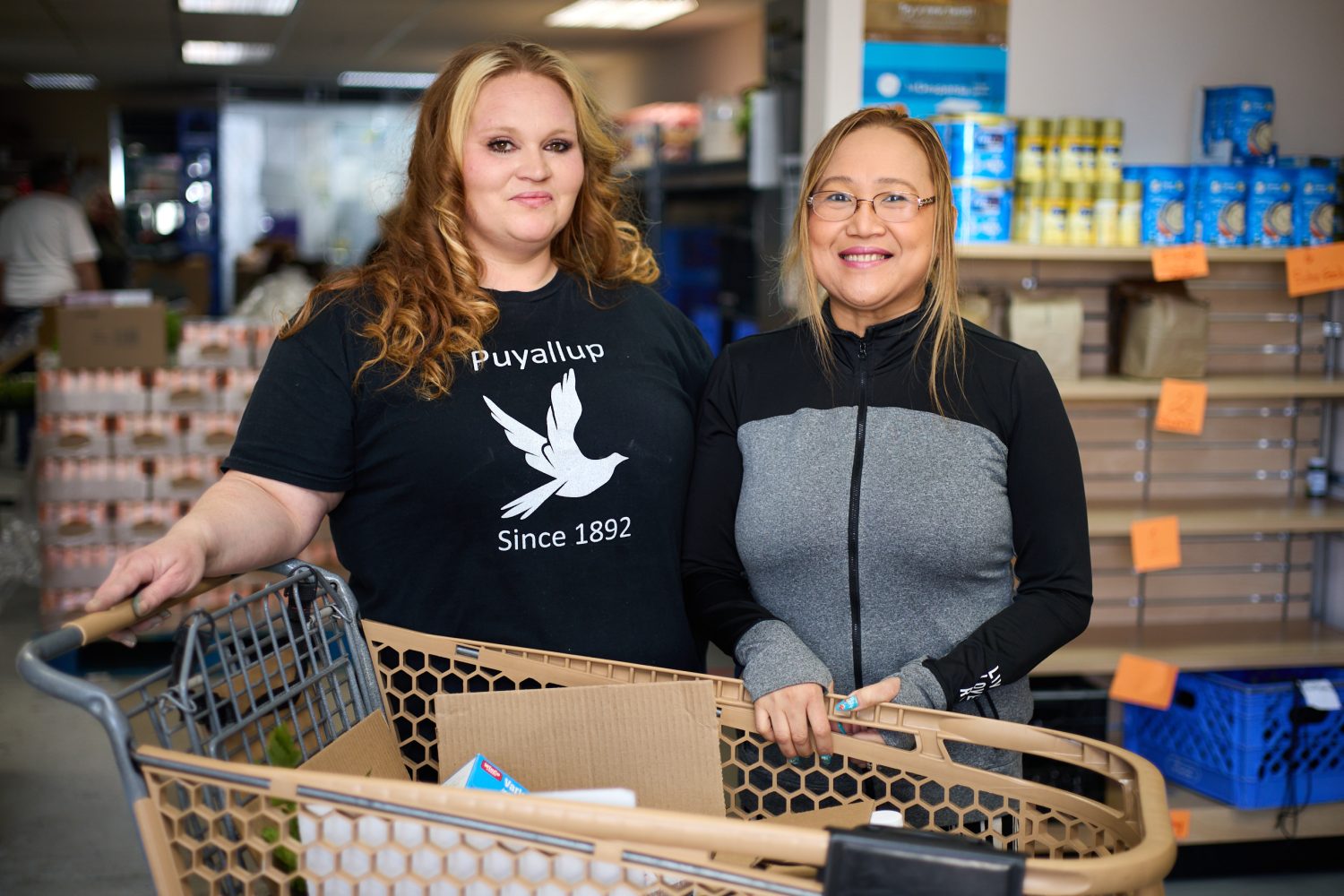
Beyond food, Maricel needed help with funeral expenses. The Salvation Army assisted through a special program, beginning a relationship that continues as she visits weekly to select foods that support her family’s needs and her own health during cancer treatment.
“I found a place here that I can go to,” Maricel said. “My hope is built up in the way that there’s someone in there. There’s somebody there who can help you.”
From waste reduction to community partnerships
The Hope Market model addresses practical concerns too. In the traditional model, clients often received items they couldn’t use or didn’t want.
“Food box ministries see increased food waste,” Foley said. “If we knew you wanted corn instead of green beans, we would’ve given you that. People will throw away what we give them if it’s not what they can use.”
She described one older woman who received a 10-pound bag of flour in a pre-packed box. “That weight wasn’t appropriate for her transportation needs, riding the bus, so she left it outside the door,” Foley said.
In Great Falls, Montana, where a Hope Market opened in May 2024, Director of Family Services Teresa Hill sees the difference daily. “We don’t have as much waste because people were bringing back a lot of the stuff in the premade boxes that they didn’t eat or couldn’t eat,” she said.
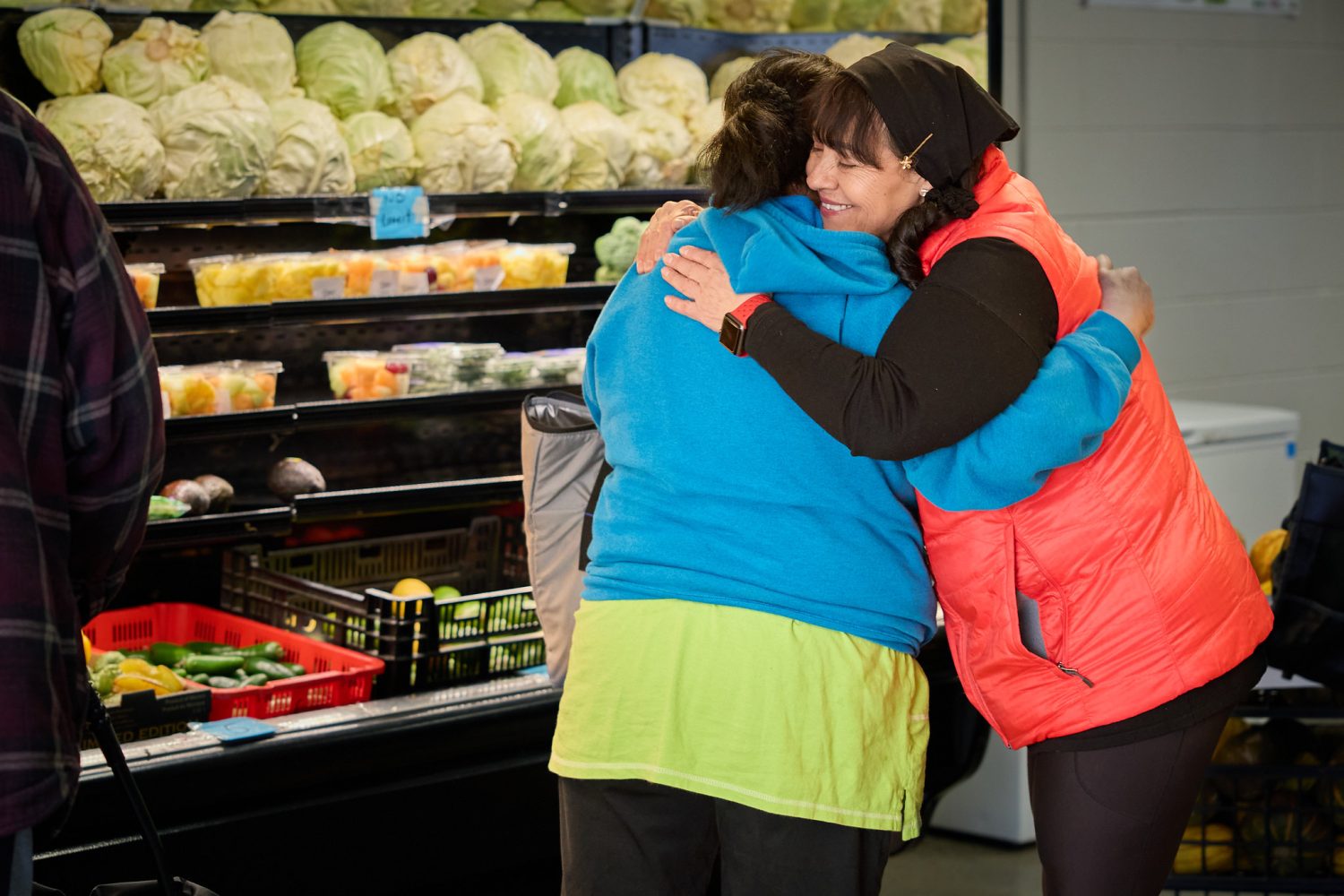
The model’s flexibility allows for a more complete approach to nutrition. Rather than being limited to shelf-stable items, Hope Markets provide fresh produce, refrigerated and frozen foods—including to those experiencing homelessness.
The beauty of the concept lies in its scalability. While Bellingham’s facility spans 13,810 square feet (transformed with a $500,000 USDA grant), Anacortes operates out of a classroom-sized space. “We call it a little Trader Joe’s,” Foley said, noting it still serves thousands annually.
Of the 25 corps in the Northwest Division, 21 now use the client-choice model, with three more in progress. Renton, Washington, represents the division’s longest-running client-choice pantry, operating for some 24 years.
These markets have also become powerful tools for building community partnerships. “Because they’re attractive, efficient and effective, we’ve seen a huge increase in the amount of food program partners are giving us,” Foley said.
In Great Falls, those partnerships yield impressive results—approximately 50,000 pounds of food monthly from Sam’s Club and 10,000 pounds from Walmart. Local food producers have joined too. In Montana, Hutterite farming colonies donate surplus harvests, while in Longview, Washington, local growers provide excess crops that would otherwise be discarded.
As intended, the impact extends beyond food assistance. In most locations, clients first meet with case workers who can connect them to other services from community lunch programs to rent and utility assistance. And Hope Market staff and volunteers are trained not only in how to be relational but on what local programs and services are available.
“Success is when people walk out with a basket full of food, when kids aren’t going hungry. I know what it’s like to run out of food stamps and be stressed and worried about where my kids’ next milk is going to come from.”
Stacy Bleuel, Puyallup Social Services Coordinator
“If we see you have three children, we can say, ‘Oh, do you know we have summer camp, free music lessons, a scouting program on Tuesdays and so on as we develop that trust,” Foley said. “If you come to us twice a month for six months and we become a friend to you, you’re going to begin to confide in us about your needs.”
The numbers tell a compelling story. Across the Northwest Division, Hope Markets served 457,407 individuals in 2024, including nearly 197,000 first-time clients. In Great Falls, the switch to client-choice doubled their service numbers from 300-400 to 800-1,000 monthly.
For staff like Stacy Bleuel in Puyallup, “Success is when people walk out with a basket full of food, when kids aren’t going hungry. I know what it’s like to run out of food stamps and be stressed and worried about where my kids’ next meal is going to come from.”
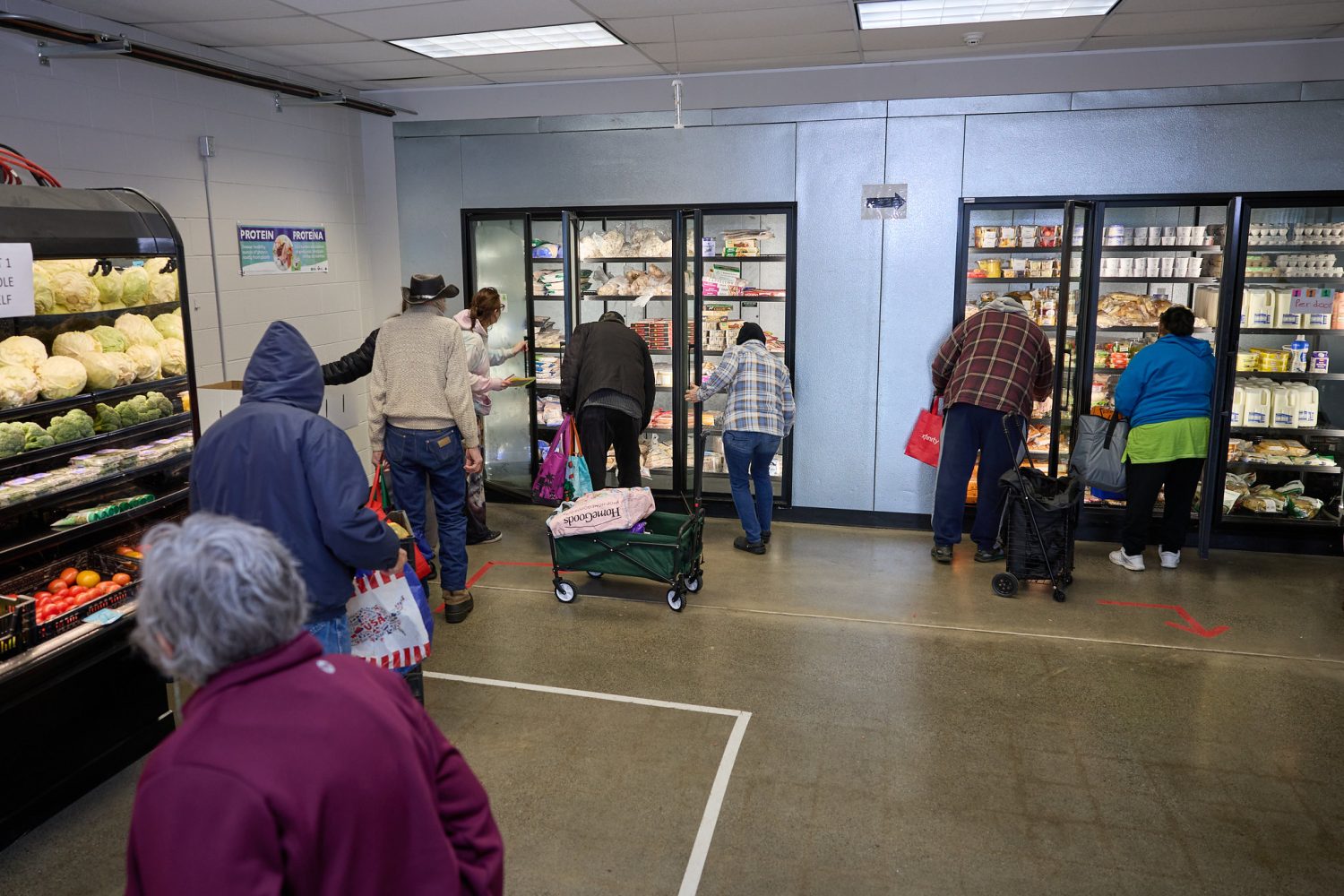
As the Northwest Division completes its Hope Market implementation across all locations, the vision is expanding beyond the region. “This Hope Market model is so mission-focused and appropriate to the DNA of The Salvation Army and our roots of providing loving ministry and getting to know people,” Foley said.
The name itself captures the essence of what these spaces provide.
“We decided to brand all Hope Markets this way because we believe this model does give you hope,” Foley said. “Tomorrow can be better, and there are people who care for you.”
Give to fight hunger and spread hope in your community today.
Do Good:
- See how The Salvation Army fights hunger.

